Who does not love the sweet taste and smell of peaches? When it is peach season, you get to eat a lot of peaches.
Remember to check your peaches as they ripen so that you do not eat some that have gone bad.
How can you tell if a peach is bad?
To tell that a peach is bad, take note of the smell. A bad peach will have a rotten smell. Also, bad peaches can attract insects and fungi. You should not eat bad peaches.
What can you do to preserve your peaches from going bad? What are other ways to identify rotten peaches? Continue reading.
Table of Contents
How to Tell If a Peach Is Bad
Here are some great ways to identify bad peaches.
1. From the Smell
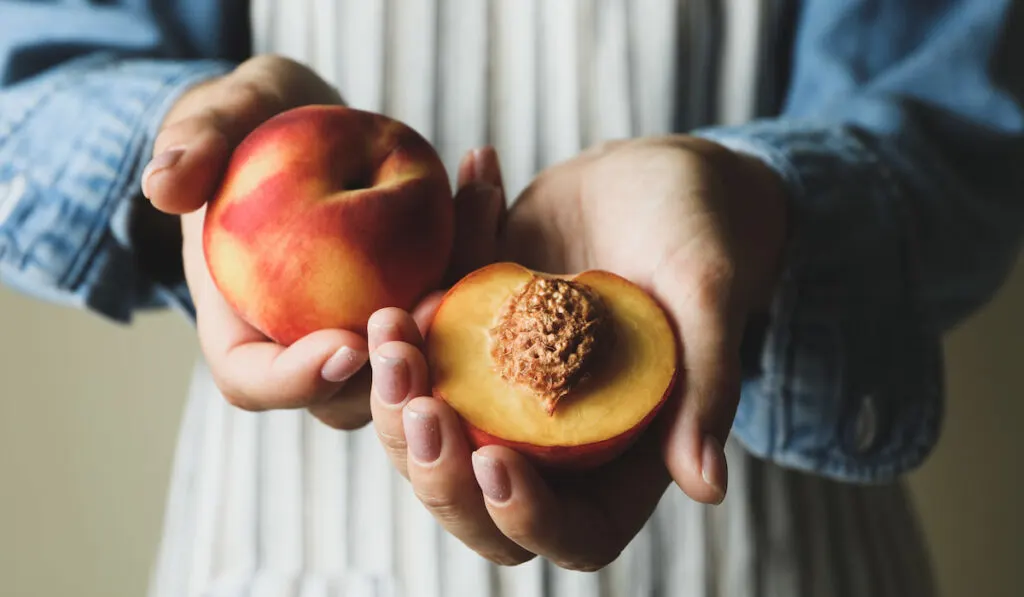
One of the easiest ways to separate good and bad peaches is their smell.
A peach without any smell will have no taste. A peach with a sweet aroma will have a good taste. As for bad peaches, they will smell rotten or sour. Always monitor the smell of your peaches.
But smelling the peach may not be enough to tell if it is bad because different varieties of peaches have different scents.
Also, how we judge what we smell is relative, so something that smells nice to you might not be so attractive to someone else. You have to add other techniques to smelling the peach to tell if it is bad or not.
2. From the Appearance
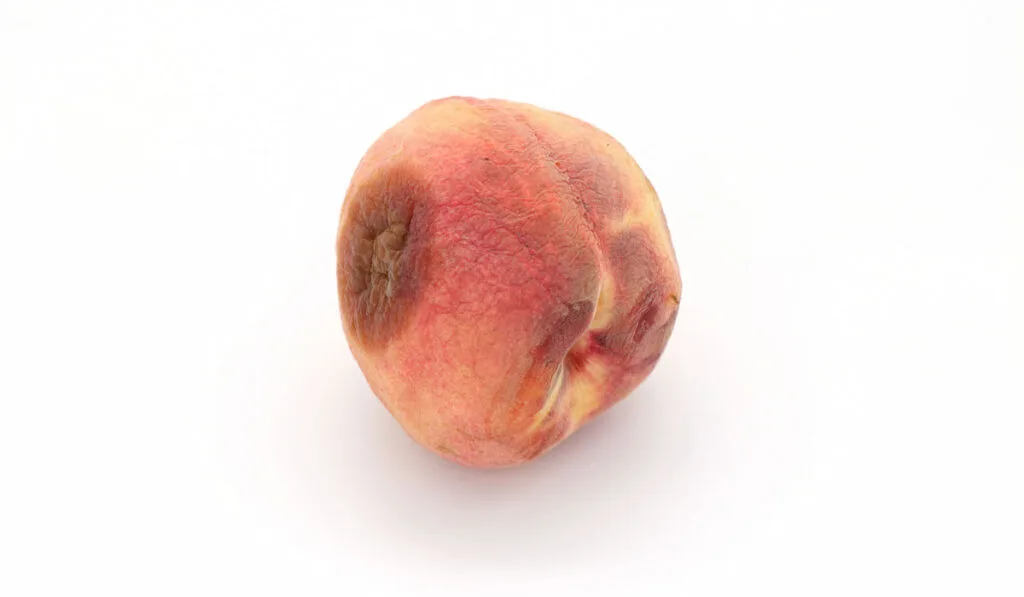
Bad peaches often have bruises or dark stains that are very noticeable.
If the peach (especially the inside) does not look appealing to you, do not eat it. These signs can indicate that the peach is bad.
Note that a peach with green coloration inside may be an unripe peach instead of a rotten one. Green and hard peaches are not ripe yet, so you need to give them time to ripen.
You may also notice that some peaches are brown inside. This can be due to the preservation method used.
Farmers usually harvest peaches before they are ripe for transport purposes. When these peaches start to ripen, their flesh can be colored brown or look unappealing.
3. Presence of Insects
Insects have highly developed senses of sight and smell and know how to identify rotten fruits when they see them.
Rotten peaches emit a bad smell that can attract many insects, such as flies and ants.
When you see a lot of insects (both crawling and flying) around your fruit, the peach might be bad.
You might also find insects close to good peaches. When you expose cut peaches to the wind and sun, they can attract insects, too.
Therefore, if you do not want insects around your good peaches, you should store them properly.
4. It Is Going Moldy
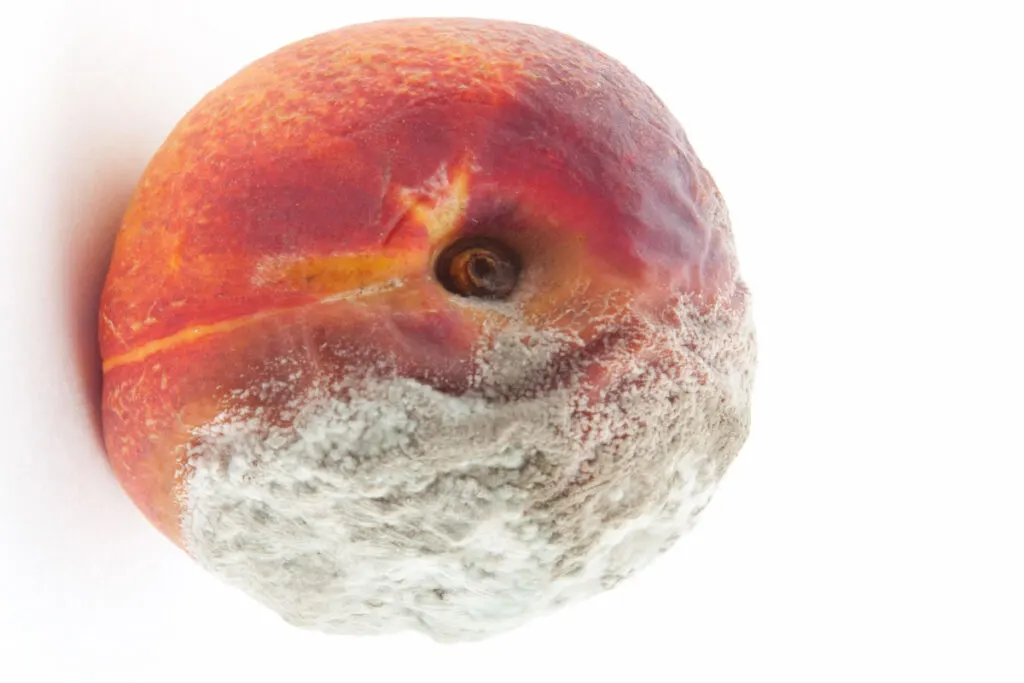
One easy way to tell that a peach has gone bad is when you see mold on it.
The presence of mold – which is caused by fungi – indicates that your peach has already started to decompose and, therefore, has gone completely bad.
You must not eat a moldy peach and should dispose of it immediately so that other peaches around it do not go bad.
Do not confuse a moldy peach for a fuzzy one.
Many varieties of peaches have fuzz, which can be white or ashen, according to the variety. Peaches with fuzz are edible as fuzz indicates ripe and sweet peaches.
Mold can have different colors (green, brown, gray, white), but it only grows on a peach due to improper storage.
5. Bad Taste
Whether it is rotting or not, any peach with a bad taste is a rotten peach.
Peaches have a sweet flavor, so if your peach does not taste sweet, it has gone bad.
You can be sure that a peach is bad when it is the only peach with that taste.
If all of your peaches have the same taste and do not look bad, they could be unripe, or that could be the taste of that variety.
No matter the variety of your peach, it will never have an unpleasant taste. Therefore, you can conclude that a peach with a bad taste is either unripe or has gone rotten.
6. The Peach Weighs Less Than Normal
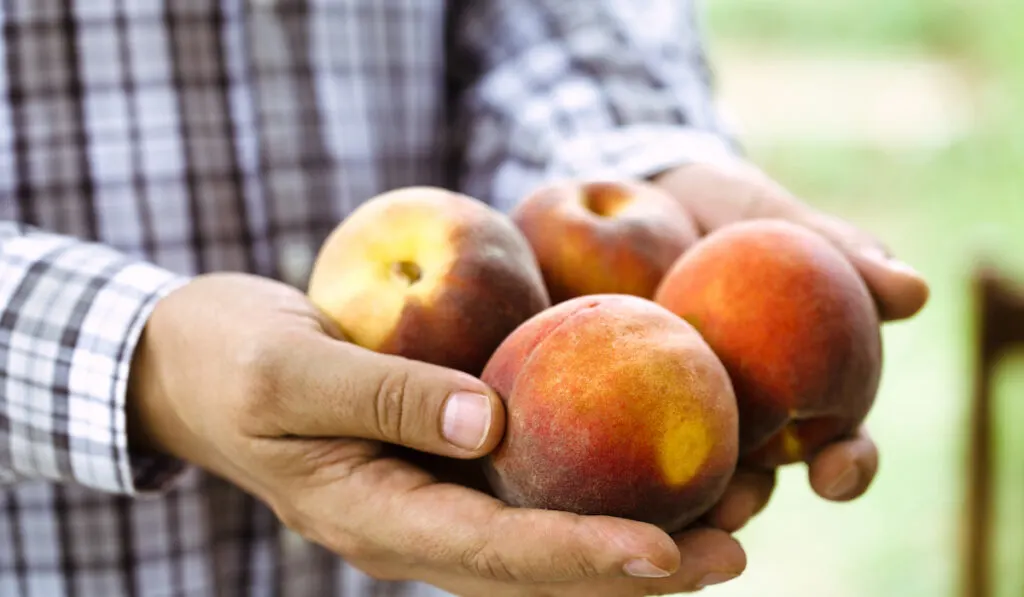
Another way to tell if your peach is bad or not is by its weight. Good edible peaches are heavier than bad ones.
Decomposing fungi can break down the fruit from the inside, so the peach will lose some weight as it goes bad.
Take a look at the peach and then pick it up. The peach may be bad if the weight does not meet your expectations.
However, you must note that this is not a very reliable method. So use this as a last resort. Use other methods to tell if your peach is bad or not.
7. When It Is Off-Season for Peaches
If you have peaches when it is not peach season, it is very easy for the peaches to go bad.
This means that outside of peach season, you want to be extra watchful of the peaches you consume, so you do not mistakenly consume rotten peaches.
Peach trees produce fruits in summer, so you should see a lot of edible peaches in summer.
The right season for peaches in your locality might vary according to your region and the peach variety, but you should expect to see good peaches from April to October.
If you have peaches after October, carefully observe them before you consume them.
Now you know different ways to identify a bad peach. How can you preserve your peaches so they do not go bad quickly? Continue reading.
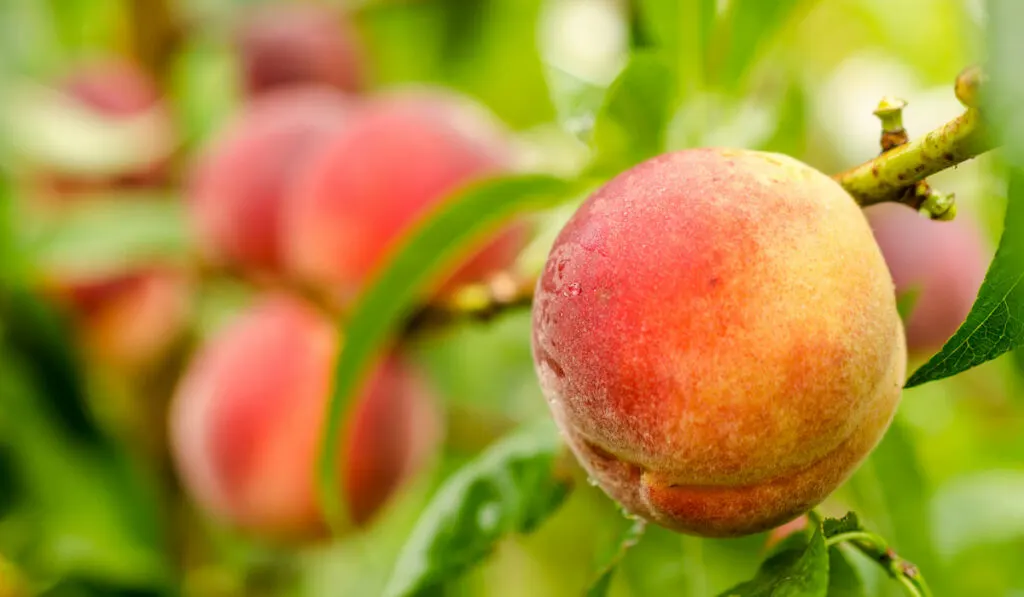
How Can You Preserve Peaches?
Here are some recommended ways to preserve peaches:
- Store unripe peaches by freezing them. You can prevent peaches from ripening by freezing them. They will ripen when you remove them from the freezer.
- Store ripe peaches in the refrigerator. If you want to store your peaches to consume later, you can keep them in the fridge.
- Keep them in a plastic bowl with plastic wrap. To prevent exposing peaches to microbes and spores in the air, seal the peaches in a wrap.
- Keep them in a cool and dry place. The higher the room’s humidity, the faster peaches can go bad. Keep them in a dry place.
- Do not store cut peaches for long. Cut peaches will go rancid quickly, so eat them within 24 hours.
Make sure that you carefully store peaches.
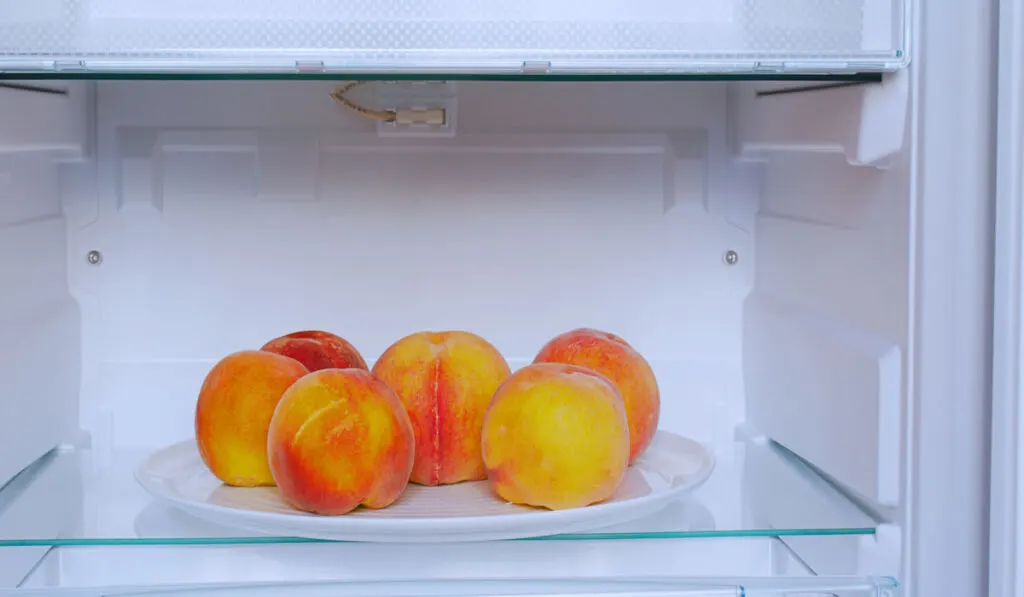
Related Questions and Answers
Here are the answers to some questions that people ask about peaches.
1. How Long Are Peaches Good For?
If you can properly store your peach by freezing it, it can last for around three months.
However, exposed peaches can last for two to five days, according to the room’s humidity and other factors. Refrigerated peaches can last for around five days.
When you remove a peach from the fridge or freezer, try to eat it within 24 hours.
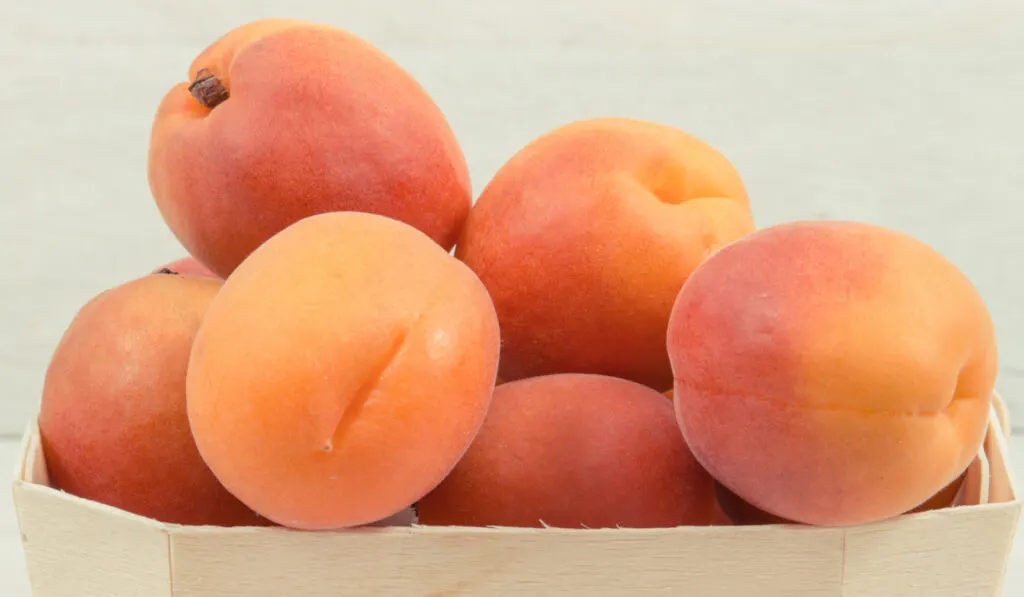
2. Are Wrinkled Peaches Bad?
Wrinkled skin can discourage you from having a bite of sweet peach.
Well, you have nothing to worry about, as peaches with wrinkled skin are OK to eat as long as they have not yet shown any signs of rotting.
Some peaches have wrinkled skin either because of the way they were transported (i.e., handled) or because they are losing water.
As long as the wrinkled peach looks, smells, and tastes good, you can eat it.
3. What Should You Do With Bad Peaches?
You should dispose of a peach after finding out that it is bad.
You can dispose of it by throwing it into the trash can, but the best way to dispose of a bad peach is to use it as compost.
Rotting peaches are packed with nutrients and fungi, so adding them to your compost pile will increase the decomposing microbes in the pile as well as the nutrients.
Do not eat bad peaches.
4. Can You Get Sick From an Overripe Peach?
Overripe peaches can have too many sugars that can make you sick.
Also, any overripe peach can quickly become rancid, so overripe peaches have a higher chance of being rotten.
However, if the peach looks good, you can eat it.
5. What Causes Peaches to Turn Brown on the Inside?
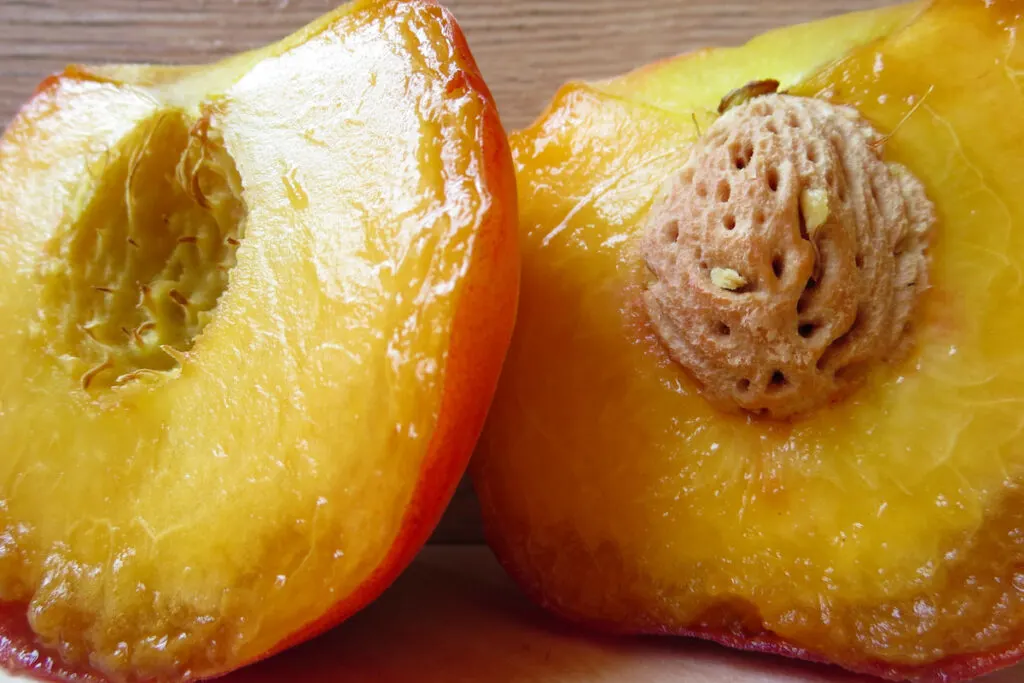
This usually happens when farmers do not allow the peach to become ripe before they harvest it.
Peaches meant for exportation are harvested when they are hard and unripe so that they can withstand the stress of transportation. Exporters usually keep these peaches in freezers so they cannot ripen quickly.
When it is time for the peaches to ripen, some can become brown inside. The ones that are brown inside were probably not mature enough when they were harvested.
Now you have all your questions about peaches answered, right?
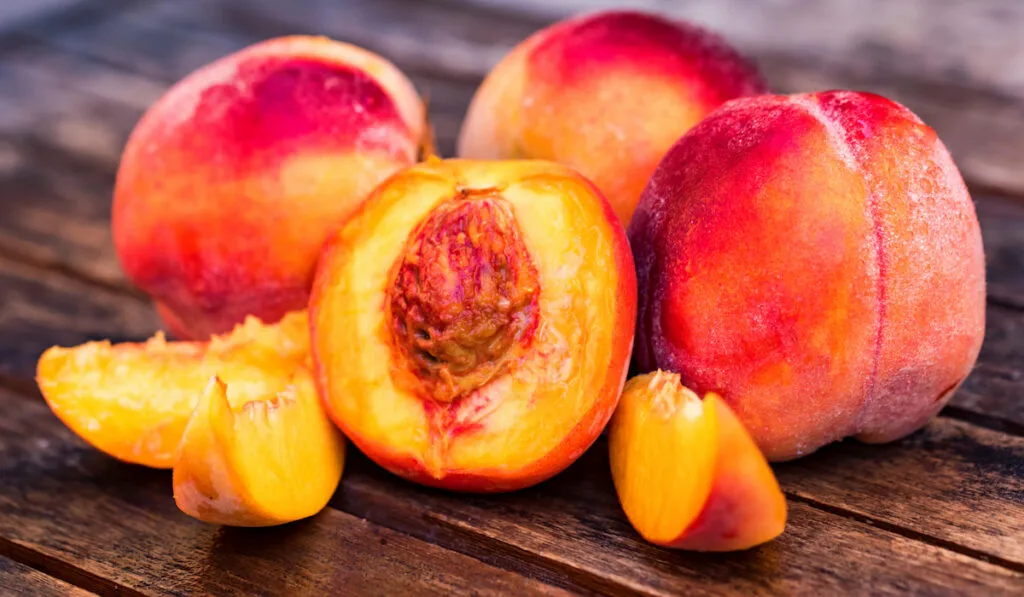
Final Thoughts
Use a peach’s look, taste, and smell to tell if it is bad or not. Always remember that a bad peach will smell bad, look bad, and taste bad. Ensure that you properly store peaches so they do not go bad quickly.
